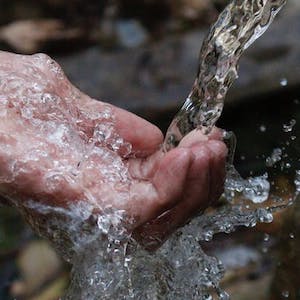Frequency and seasonality of viable Helicobacter pylori in drinking water in Dhamar Governorate, Yemen

Submitted: 9 September 2022
Accepted: 29 August 2023
Published: 6 September 2023
Accepted: 29 August 2023
Abstract Views: 538
PDF: 146
HTML: 35
HTML: 35
Publisher's note
All claims expressed in this article are solely those of the authors and do not necessarily represent those of their affiliated organizations, or those of the publisher, the editors and the reviewers. Any product that may be evaluated in this article or claim that may be made by its manufacturer is not guaranteed or endorsed by the publisher.
All claims expressed in this article are solely those of the authors and do not necessarily represent those of their affiliated organizations, or those of the publisher, the editors and the reviewers. Any product that may be evaluated in this article or claim that may be made by its manufacturer is not guaranteed or endorsed by the publisher.
Similar Articles
- Dhary Alewy Almashhadany, Mustafa Abdulmonam Zainel, Taha Talal AbdulRahman, Review of foodborne helicobacteriosis , Italian Journal of Food Safety: Vol. 13 No. 3 (2024)
- Dhary Alewy Almashhadany, Sarhang Hayyas Mohammed, Shaymaa Farooq Mala, Mohammed Naji Ahmed Odhah, Asaad Abdel Jalil Ahmood, Frequency, serotyping, antibiogram, and seasonality of Salmonella isolated from red meat markets , Italian Journal of Food Safety: Vol. 13 No. 3 (2024)
You may also start an advanced similarity search for this article.

 https://doi.org/10.4081/ijfs.2023.10855
https://doi.org/10.4081/ijfs.2023.10855




